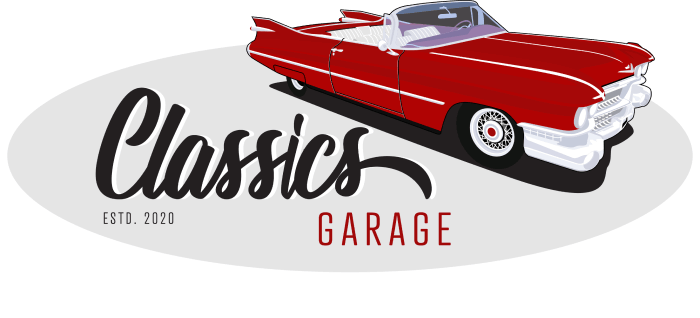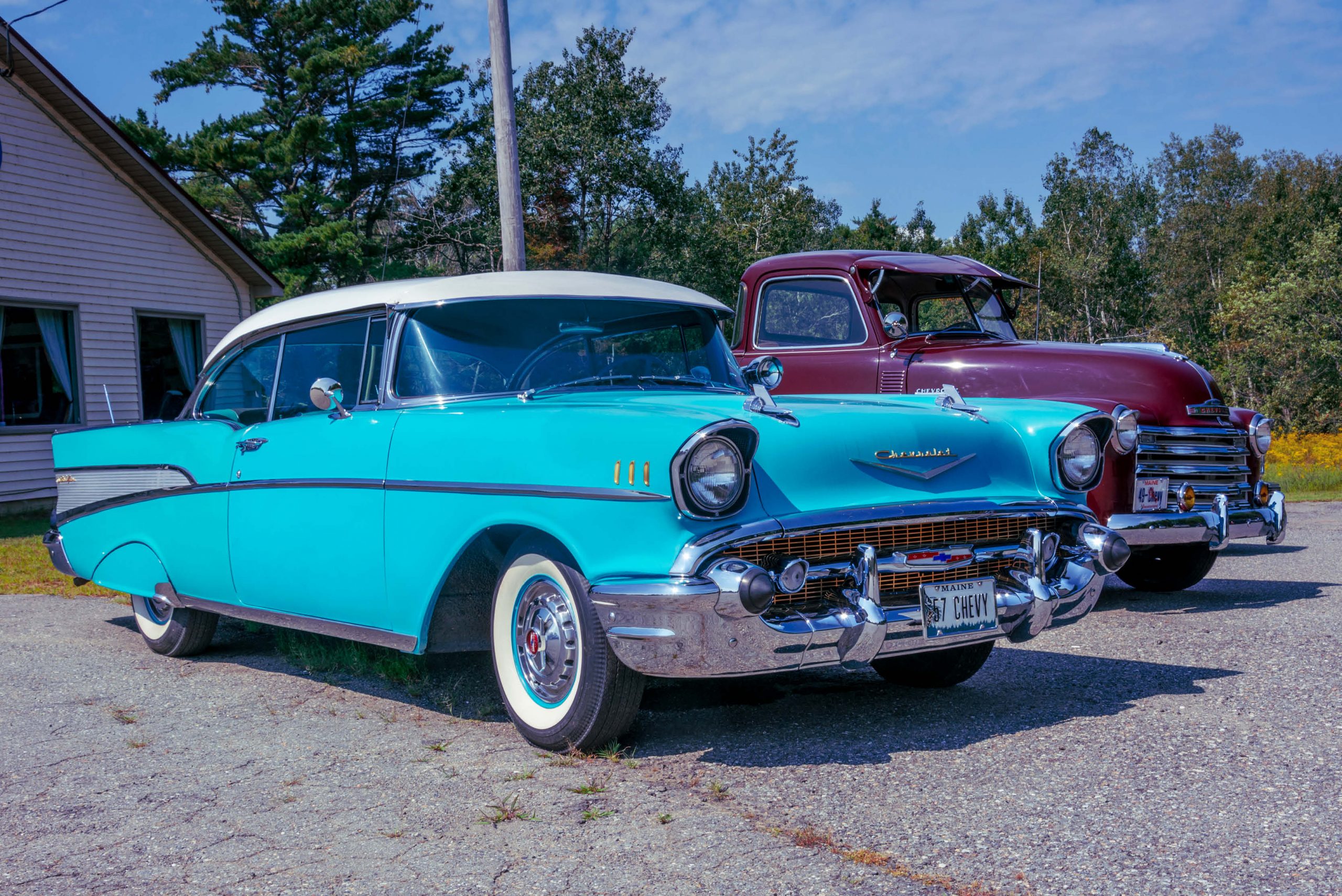Chevrolet have long been regarded as world leaders when it comes to the production of big, loud and iconic automobiles – and the Chevy Bel Air was no exception.
Iconic cars don’t only appeal to car lovers, but they also tend to attract those passionate about engineering, design, art and yes, history. Before cars were built for efficiency and speed, it was about the experience, style, exclusivity and ultimately, craftsmanship, making them timeless, works of art. Arguably, it was the 1950’s that best encapsulated this methodology, as it was this era that birthed iconic cars like the Chevy Bel Air.
Although production spanned across more than two decades, it’s the earlier 1950’s Chevy Bel Air models that have remained a fan favourite amongst classic car collectors – but what’s so special about these models?
The Origins Of The Chevy Bel Air
Did you know that the Chevrolet brand was actually the cheapest of all of the General Motors subsidiary companies? That’s right – the brand we all know and love once wasn’t quite as revered, and came last behind Pontiac, Oldsmobile, Buick and of course, Cadillac. However, many of those brands have since been retired as they were unsustainable – and yet, Chevrolet still stands.
Colloquially referred to as Chevy and formally known as the Chevrolet Division of General Motors, Chevrolet was originally founded in 1911 by Louis Chevrolet, and none other than William C. Durant. For those unfamiliar, Durant was actually the original founder of General Motors, before being unceremoniously ousted from the board. Durant went on to use the Chevrolet Motor Car Company to acquire a controlling stake in General Motors with a reverse merger, propelling himself back into the General Motors presidency in 1918. For lack of a better term, Durant was back in the driver’s seat – but only until 1919, at which point he was again ousted.
Marketed as “a car for every purse and purpose”, the Chevrolet brand went on to become the volume leader in the General Motors diverse family of automobile subsidiaries, selling mainstream vehicles designed to compete with the likes of the Ford Motor Company. The strategy worked, and Chevrolet went on to overtake Ford as America’s best selling car brand in 1929. However, nobody could have foreseen the events of World War II, and the direction of Chevrolet quickly changed to produce military grade trucks in their Canadian and American factories.
When the war was over, the world rejoiced. Thanks to rapid economic growth, the birth rate boomed. Life was good, and American pop culture in the 1950’s was regarded as big – think big hair, big skirts, big colours, and big cars, with one of the most iconic models being the Chevy Bel Air vehicles that quickly dominated this era.
Marketed as America’s first “hardtop coupe” and for just $1,741, the 1950 Chevy Bel Air came through with neat two-tone paint schemes and beautifully tailored interiors. A revolutionary option was the Powerglide automatic transmission – a Chevrolet first in a low-priced car. After the initial big splash in 1950, amendments to the Chevy Bel Air were relatively minimal in 1951 and 1952 models. New sheet metal – which oddly enough had an even closer resemblance to the Cadillac models of the same era – greeted Chevrolet fans in 1953, and the popular Bel Air nameplate was now affixed to an entire series of top-of-the-line Chevy hardtops, sedans and convertibles. The “American Dream” now included a Chevy Bel Air to match the modern split level suburban homes and TV dinners.
However, the Chevy Bel Air models released in 1955 quickly transformed the vehicles from Sunday morning cruisers into Saturday night staples. General Motors gave the Second Generation more than a few upgrades, which included a Ferrari style grille, chrome headliner bands for hardtops, chrome fender spears and stainless window openings – all in addition to the key characteristics of the original design. For the first time, the Chevy Bel Air also offered a V8 engine, with options including 3.5L I6, 3.9L I6, 4.3L V8, and 4.6L V8 engines for revheads and families alike.
However, right alongside Elvis, Marilyn Monroe and James Dean, it’s the 1957 Bel Air that is regarded as one of the most revered icons of the decade. While the models remained roomy, with tastefully restrained, period use tail fins and chrome, the engines were in a league of their own.
A revolutionary Ramjet Fuel Injection system was the ultimate V8 performance option on all ’57 Chevys and Corvettes, but even the regular 265 and 283-cubic-inch V8 engines delivered performance that put Chevy at the head of the class in 1957. Up front, jet aircraft-inspired intake pods contained the headlamps, and a new integral bumper/grille assembly served up a new level of elegance.Gold-toned hood and trunk “vee”s (on V8 models), and front-fender ornamentation added to the “big-car” style that was red hot for it’s time.
Thanks to its youthful style, easily hot-rodded V8 and rugged dependability, the 1957 Chevy Bel Air quickly became one of the most sought-after used cars in history – and still is even today.

